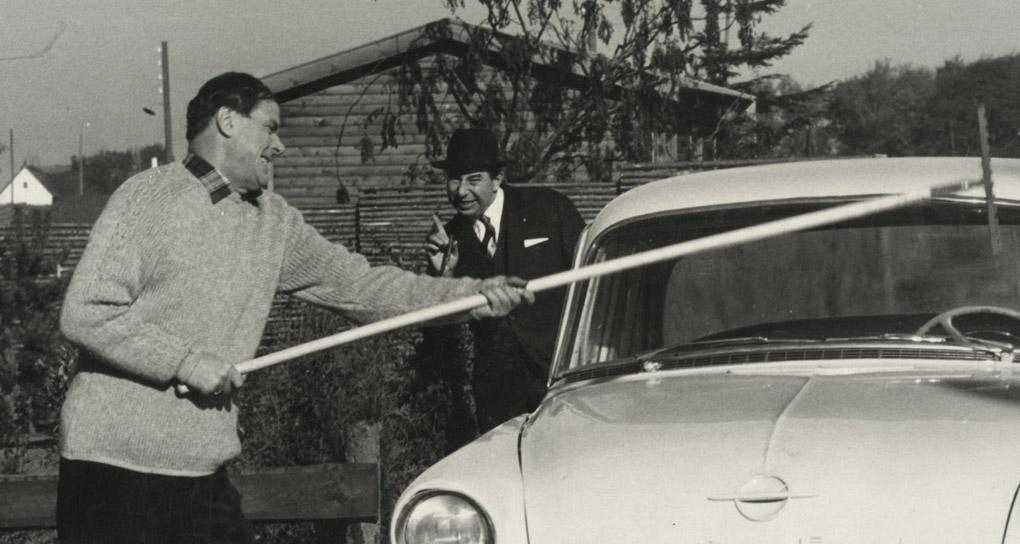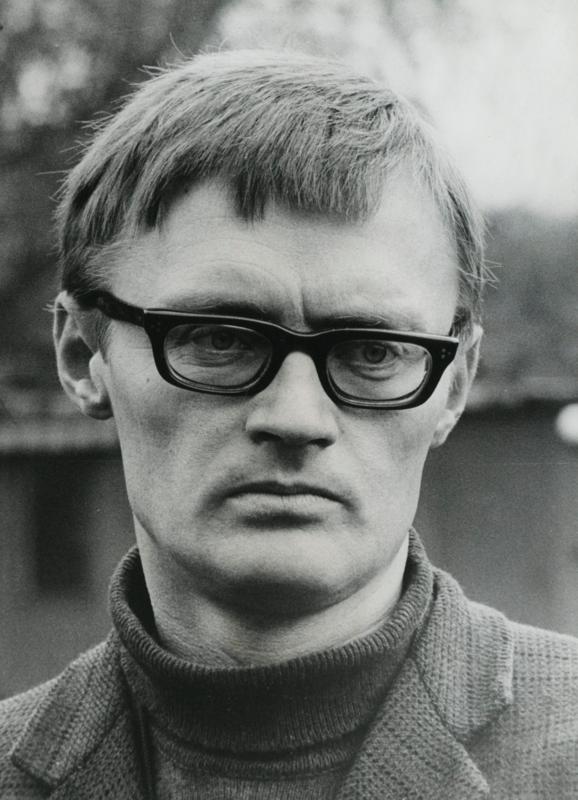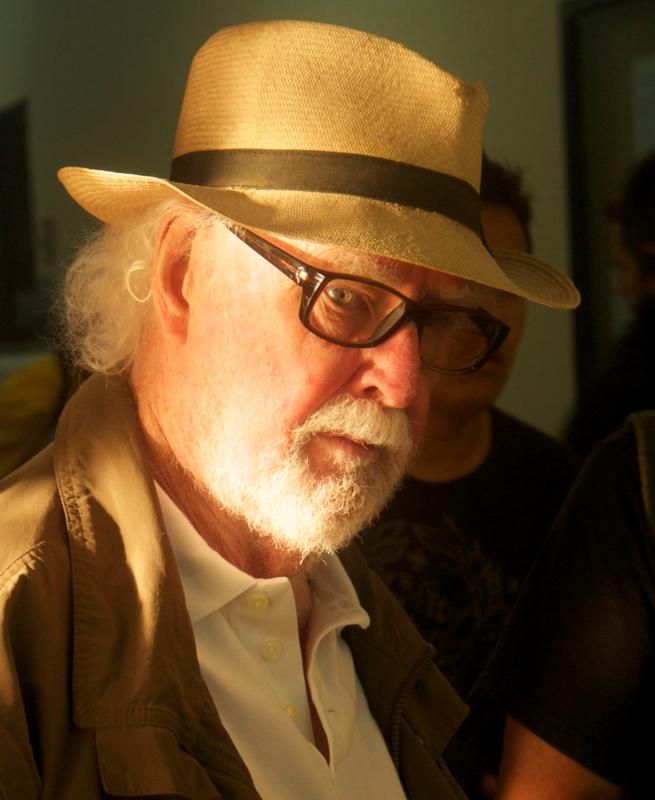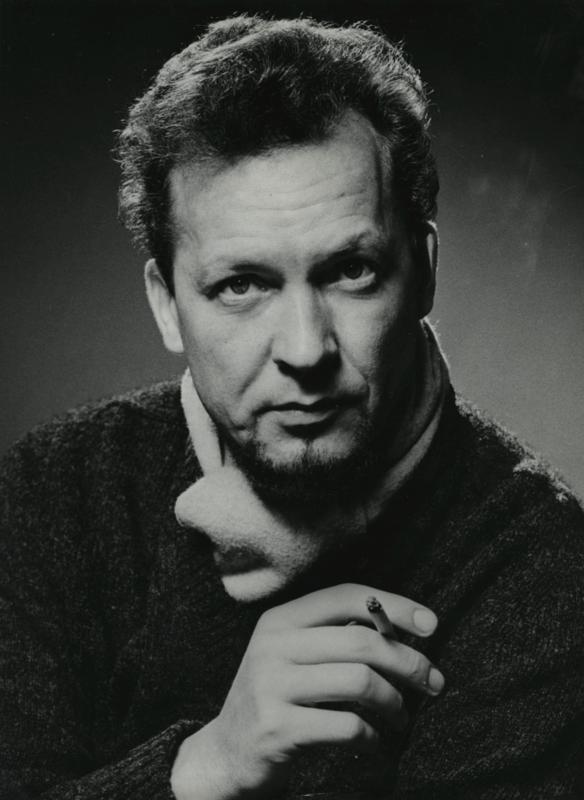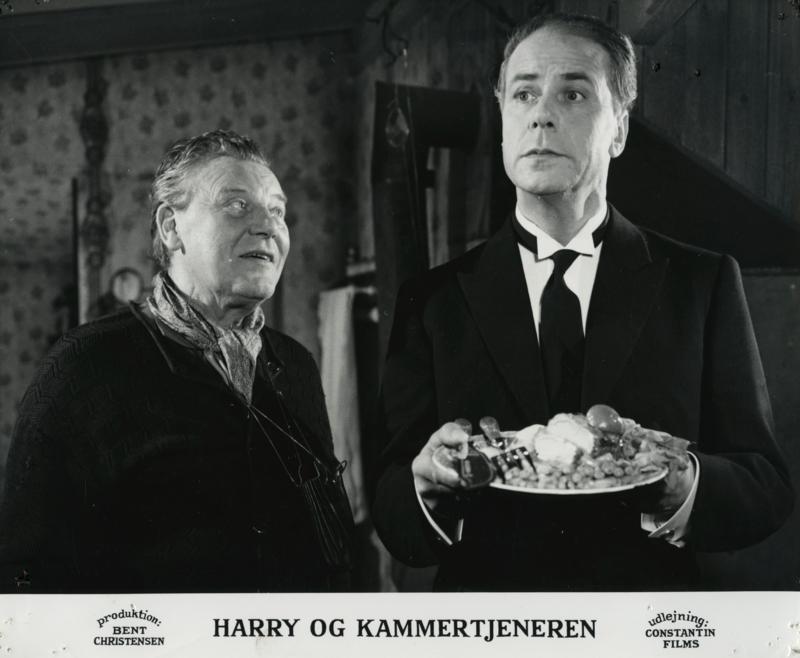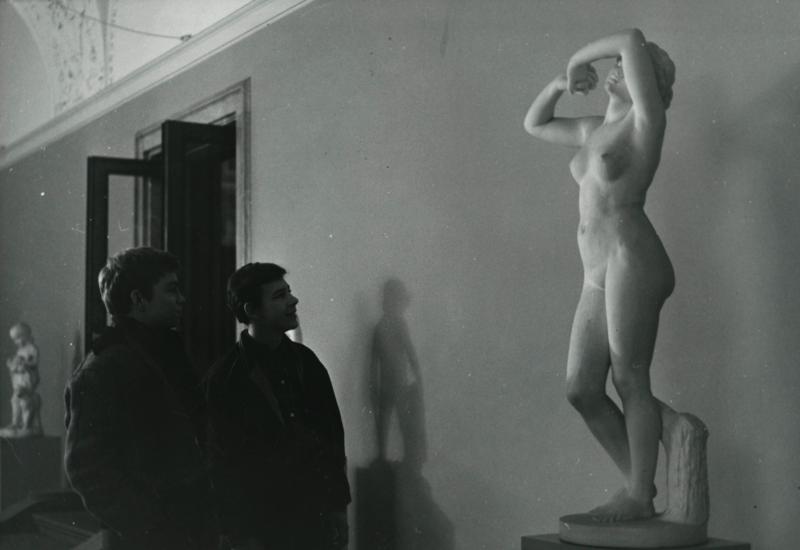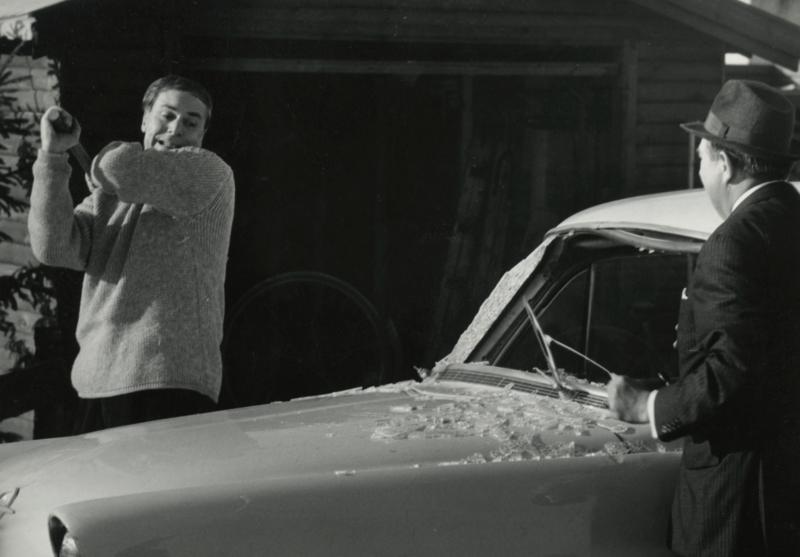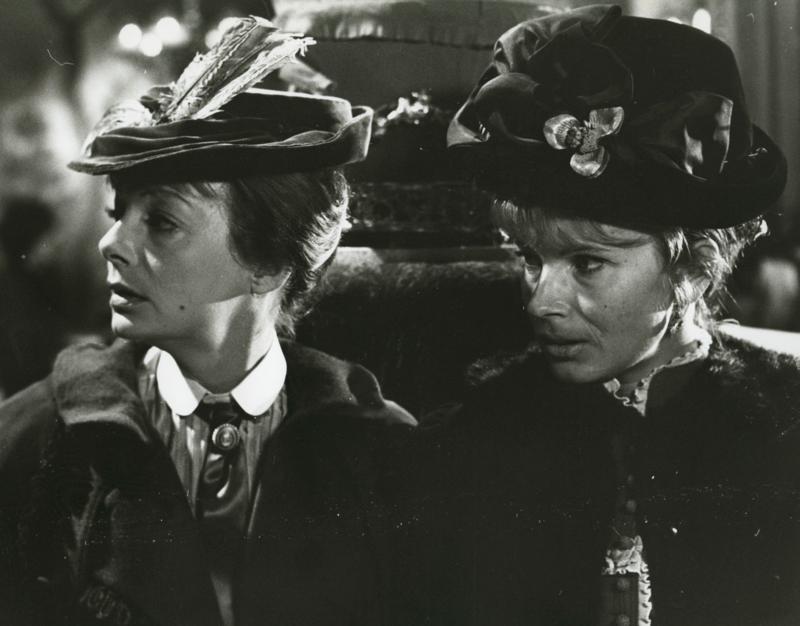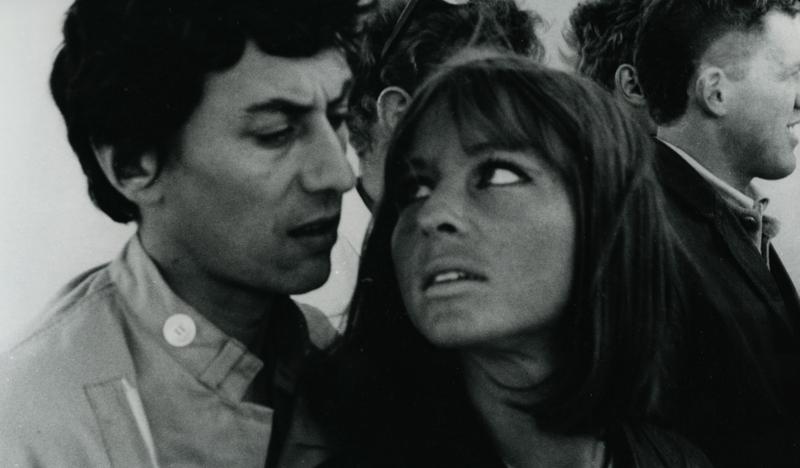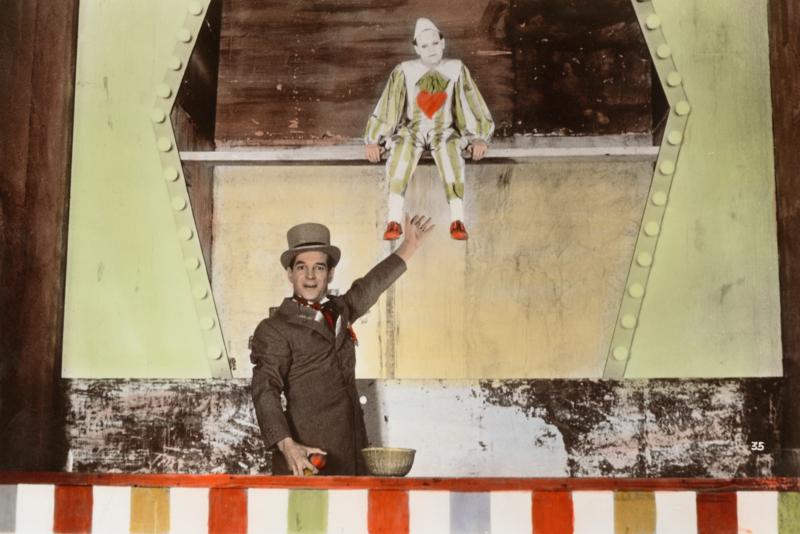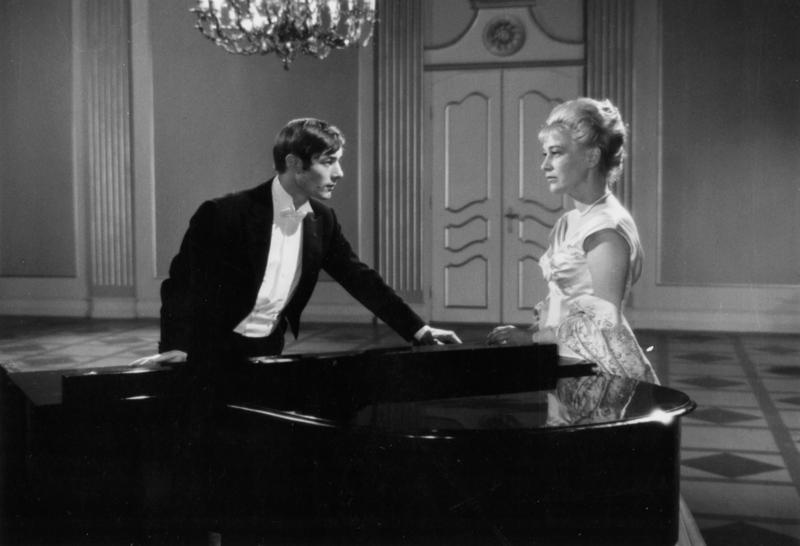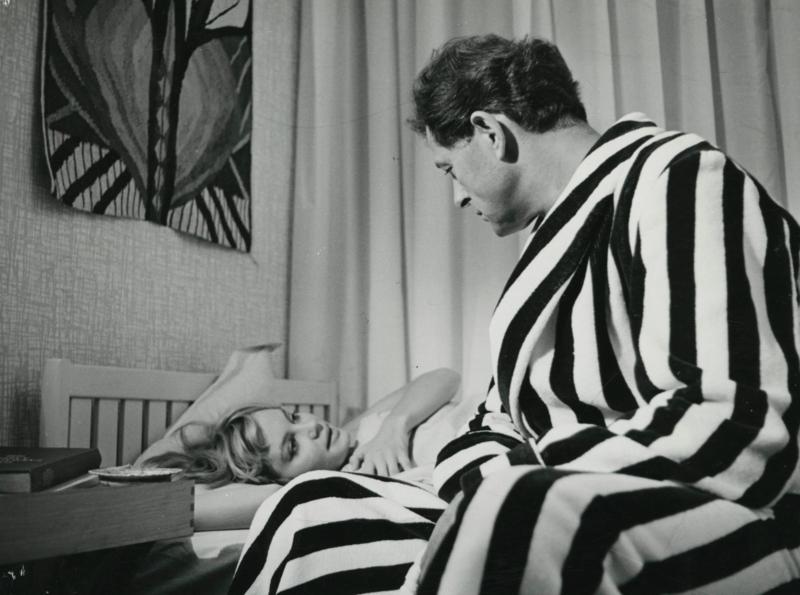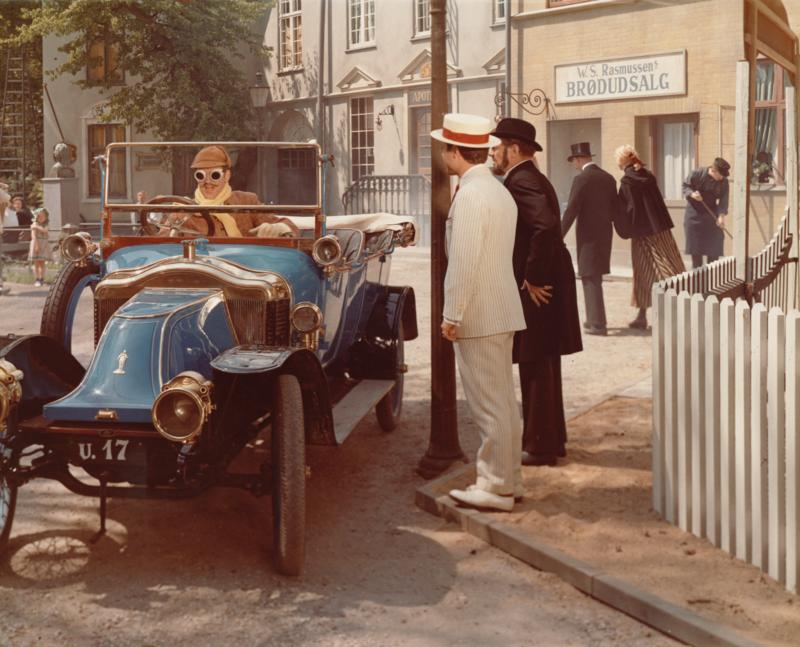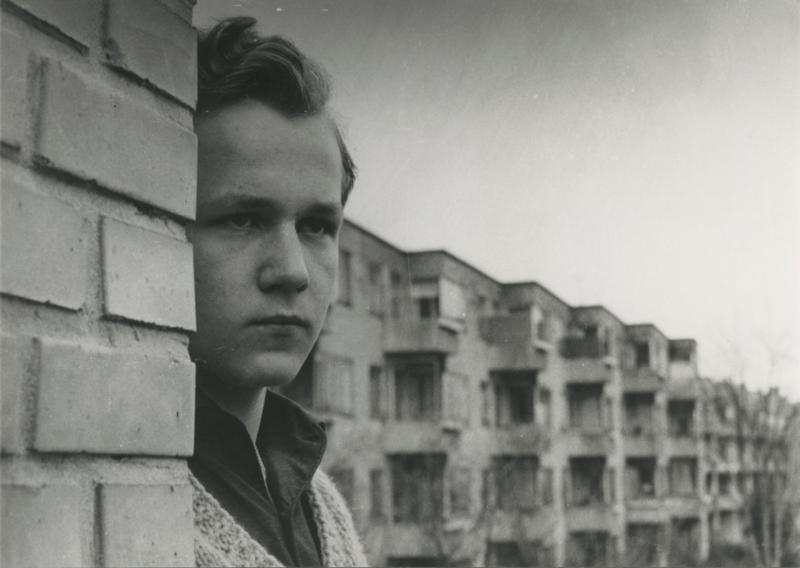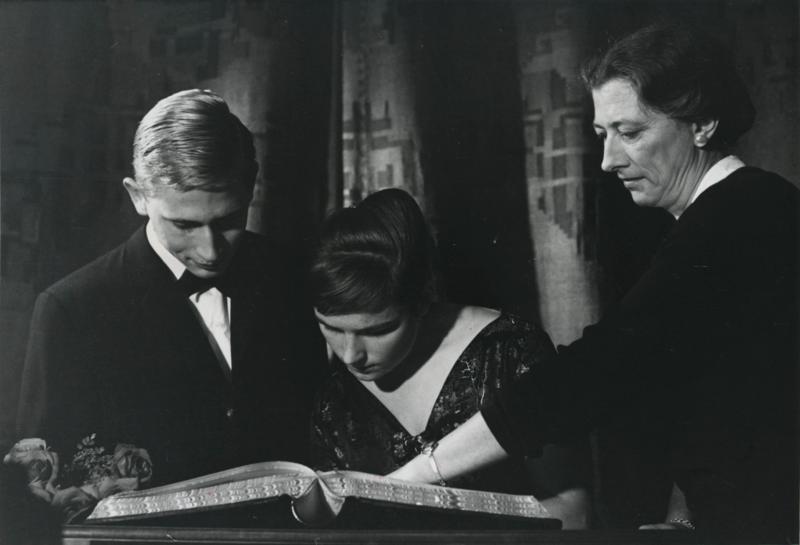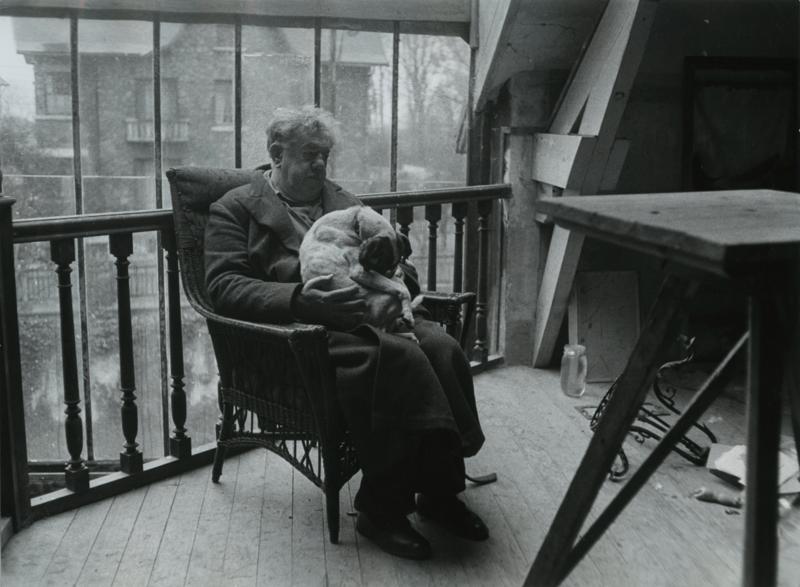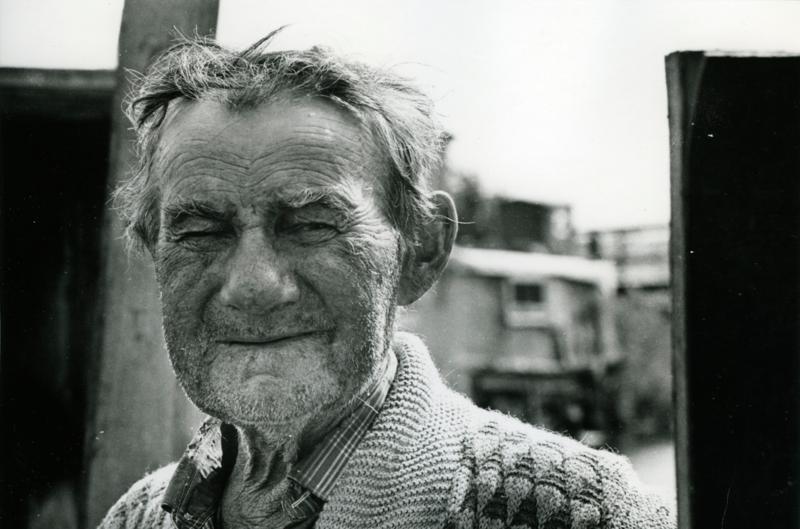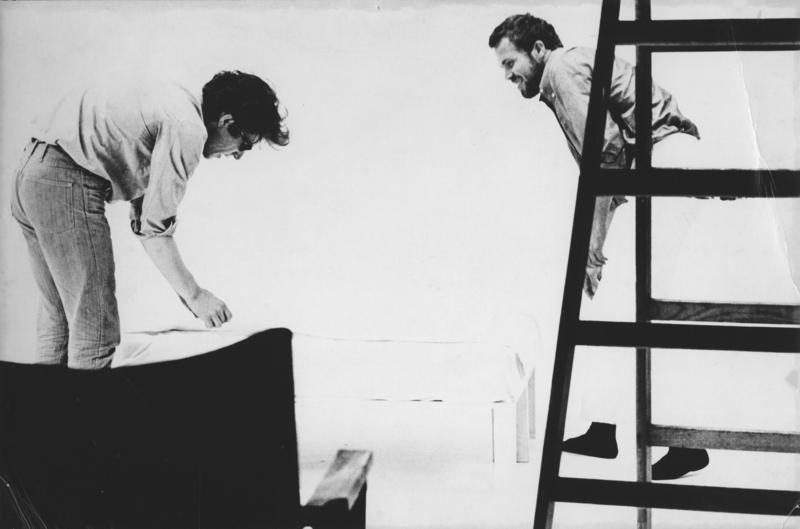The threat of TV, the world's best film law
Ticket sales to movie theatres had reached a high point in 1954 with 60 million tickets sold. But it was also the year when Danish TV (with the state monopoly Statsradiofonien, known from 1959 on as Danmarks Radio) after a three-year trial period began regular broadcasting. TV's rapid spread in Danish homes took its toll on theatres ticket sales. In 1960 sales were down to 44 million and in 1970 only 20 million tickets were sold. Danish films retained, relatively, its popularity with 25-30% of all ticket sales, while American films had 55-60%.
Until now the cultural establishment had generally regarded the film medium as mere popular entertainment without larger cultural values. Now, where it was hard pressed by a new entertainment media, cinema gained respect. The dramatic drop in business weakened the Danish film branch and led to the admission that government support was necessary, especially if the artistic film was to survive.
This was in accordance with the 1960s new politically oriented culture, where the state increasingly became a player in culture. The Ministry of Culture was established in 1961; in 1964 the government's Fund for the Arts came about, and during that same year the new film law was established (first enacted in 1965), which gained a reputation as "the world's best film law." The government's revenue from ticket sales was now collected in the Film Fund (with Erik Hauerslev as leader under the Ministry of Culture), which put the money back into the film branch, among other things as a contribution towards quality, a kind of support for the arts.
The government's recognition of cinema as culturally valuable continued with the founding of The Danish Film School (1966), which over the course of the 70s became a prominent factor in new Danish cinema, as well as the introduction of courses at Copenhagen University (1967). In addition the Det Danske Filmmuseum (now: Museum & Cinematek), which started in 1941 under the leadership of Ove Brusendorff was upgraded as a part of the Film House in Christianshavn, with its own theatre and screenings.
European signals: 60s Danish new wave
In the European film scene the 1960s was marked by fresh signals and breakthroughs, especially with Italian modernism (Antonioni, Fellini) and the so-called French new wave (Truffaut, Godard, Chabrol, Resnais).
These new orientations also affected Danish cinema. It started with Bent Christensen's amiable Harry and the Butler (1961), a successful attempt to modernize the Danish folk comedy, written by Leif Panduro, who since became a central figure in Danish TV-drama. Otherwise, director Palle Kjærulff-Schmidt and writer Klaus Rifbjerg, made their mark renewing Danish cinema by moving it away from traditional conventions and instead orienting themselves towards a new, time-appropriate artistic style. The breakthrough work was Weekend (1962), produced by Bent Christensen. With its generational portrait of 30 year olds with a focus on family life and a couple's daily grind and disillusionment, the film created a whole new atmosphere in Danish cinema. Following this, among other films, was the sensitive period picture Once There Was a War (1966), about boyhood and growing up during the German occupation, a modern classic in Danish film.
Christensen and Panduro continued with the black comedy The Neighbours (1966), a satirical allegory about the weapons race illustrated as an escalating duel between neighbours in a suburban area.
Henning Carlsen, who had garnered attention with the English language feature A World of Strangers (1962), adapting the screenplay by Nadine Gordimer and filmed in secrecy in South Africa, created one of the period's masterpieces with the Scandinavian co-production Hunger (1966), which with the Swedish Per Oscarsson in a formidable leading performance brought Knut Hamsun's debut novel to the screen and created a complex, modernistic portrait of the young author on the verge of a breakdown. Also noteworthy was the married couple Sven and Lene Grønlykke's The Ballad of Carl-Henning (1969), which told a story of a tragic character from the Jutland marshes.
A more conservative type of film art came from Knud Leif Thomsen with the satirical School for Suicide (1964) and the classic film adaptation Jazz All Around (1969), based on Knud Sønderby's classic novel. Completely outside the contemporary currents, once again stood Dreyer, with his final work, the disillusioned romantic melodrama Gertrud (1964).
Style of the time: Documentary films and avant-garde in the 60s
In documentary cinema, Henning Carlsen's trilogy about the Danes, Old People (1961), Family Pictures (1964) and Young (1965), had similarities to the French cinéma vérité movement. Theodor Christensen continued the equal rights gender debate with the pre-feminist Your Name Is Woman (1961). Also of note was Børge Høst's A New Reality (1963), about nuclear research, Jørgen Roos' Knud Rasmussen portrait Knud (1966), the first in a row of Greenland films, and his nephew Ole Roos' portrait film of the French actor Michel Simon (1964). Moreover Claus Ørsted and Lars Brydsen's The King's Meadow Garden (1967) that in surprisingly poetic visual style gave a socially engaged portrayal of a loser at the landfills.
The zeitgeist of youth revolt, protests, rallies and alternative artistic expressions, which was internationally characteristic of the period, left only slight traces in the period's Danish films. Though Jørgen Leth gave us the short avant-garde film The Perfect Human (1967), which with ironic naivety investigated man's nature, which went on to be the basis for The Five Obstructions (2003 – together with Lars von Trier). He was also central in the artistic movement ABCinema (1968-70), which was behind the short-lived occupation of the Film School in 1969, a demonstration against the commercial film industry's influence on the school.
In animated films Bent Barfod, Jannik Hastrup and Flemming Quist Møller were central names.
Film posters from the 1960s
Film series and prehistoric creatures: Popular films in the 60s
Despite the new wave, the avant-garde and new initiatives, the traditional folk comedy continued along its regular path, with among other things Baronessen fra benzintanken (1960), where regular Denmark mingled with the aristocracy in Ghita Nørby's charming character. In addition there were a number of popular series such as Soldaterkammerater (1958-68), The Poet and the Little Mother (1959-61), Støv på hjernen (1959-63) and Min søsters børn films (1966-71).
In an atypical attempt to replicate American action films, the company Saga produced the science fiction-like Reptilicus (1961), where a prehistoric lizard ravages Copenhagen. The film, directed by Poul Bang, based on a screenplay by the Danish-American Ib Melchior, has not been quite undeserving of its cult status as some of the worst garbage ever made in Danish cinema. (At the same time an American version of the film was made, directed by Sidney Pink).
Zeitgeist triumphs: Adult censorship eliminated
Film censorship had been an institution in Denmark since 1907; the country's Film Censor founded in 1913, continued with the Movie Theatre Law of 1922 and was further enforced with the Movie Theatre Law of 1933; the latter especially cracked down on criminality and the erotic.
The 1960s general free spirit tendencies, not the least of which was sexuality, became quite noticeable in such films as Seventeen (1965), I, a Woman (1965) and Knud Leif Thomsen's Venom (1966). In recognition of the zeitgeist — as well as the economic potential — the ban on pornography was lifted, first on written erotica (in 1967 via the social-democrat government), then for pornographic images (in 1969, via a conservative Minister of Justice).
Thereafter the adult censorship of films was also abandoned (1969); the censor institutions now only had to assess which of the films children would be allowed to see (since 1960 there had only been two movie ratings: forbidden for children under 16 years and forbidden for children under 12 years). In 1997 film censorship was completely abolished in Denmark.
Read more about the films
